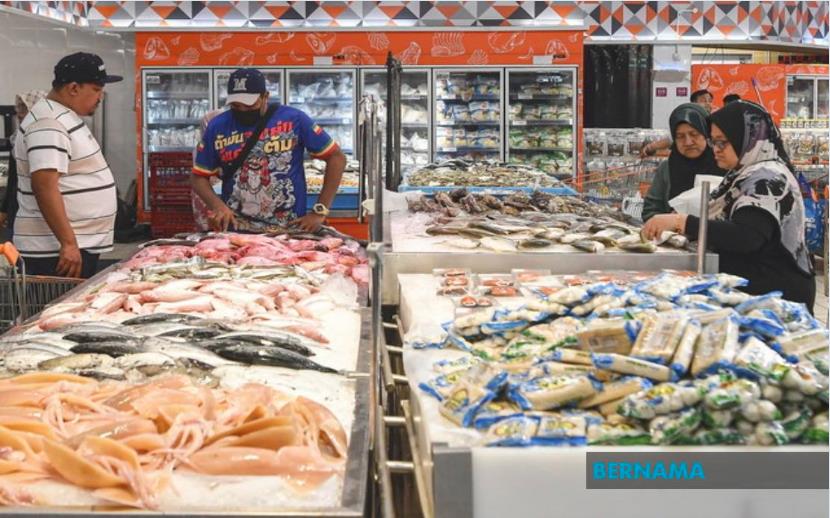Household Spending To Grow By 5% Y-o-y Over 2025 To RM952.6 Billion - BMI

BMI, a unit of Fitch Solutions, has forecast household spending to grow by 5% year-on-year in 2025, in real terms, to a value of RM952.6 billion.
This marks a return to pre-Covid growth levels at a real average rate of 5.2% year-on-year during the 2015-2019 period.
It has a cautious but positive outlook for consumer spending in Malaysia in 2025, as the economic recovery feeds through to strong real consumer spending growth over the full year.
“Household spending growth will be slower, relative to 2024, although we note that this growth remains robust as economic growth persists and consumption levels normalise,” said BMI in a report.
Spending will, nevertheless, be constrained by a high debt-level environment and debt-servicing costs. Easing inflation and a tight labour market will, nonetheless, support spending, as real wage growth returns to positive territory, supporting purchasing power over the year.
Explaining further, BMI said consumer confidence levels have largely been declining, reflecting a weakening consumer mindset as inflationary pressures in certain commodities such as food and fuel continue to weigh on low- and mid-income households.
Referring to the latest retail sales, it said in August 2024, retail sales came in at 5.9% year-on-year.
“Although this is the slowest growth in retail sales since April 2024, this growth is due to easing sales in specialised stores. Nevertheless, the August 2024 figure is the fourth consecutive month of retail sales slowdown, the trajectory of this weakening will require further monitoring.”
Household debt remains a risk to consumer outlook
A high level of household debt remains a risk to its consumer outlook, as this not only constrains future borrowing capacity but impacts current disposable income levels, it said.
This is particularly true as debt servicing costs rise in response to increases in interest rates. In many markets, central banks rapidly hiked interest rates during the 2022-2023 high inflationary period, reaching levels most households were unaccustomed to over the past decade, said BMI.
Most markets have now reached terminal interest rates, with many central banks expected to start loosening rates over 2025. While interest rates will not reach the previous historical lows of the last decade, easing monetary policy will alleviate some debt servicing cost pressures.
Malaysia has witnessed a household credit boom over the past few years.
“We highlight that the rapid unwinding of this could pose a risk to domestic demand. At its last estimate, Bank Negara Malaysia put household debt at 68.5% of GDP in Q3 2023.”
Similarly, as repo rates and interest rates begin to rise, so will debt servicing costs; households will increasingly have to allocate disposable income towards debt financing, putting downward pressure on consumer spending going forward, it said.
Malaysian households are relatively well insured against rising debt costs. In 2022, household debt in Malaysia totalled RM1.5 trillion (US$330 billion), but household financial assets totalled RM3 trillion (US$861 billion).
Considering the financial soundness of these households, liquid financial assets to total debt were recorded at 135.4 in 2022, slightly lower than the 143.3 recorded in 2019.
This highlights that households do have additional room to absorb rising debt costs if needed.
